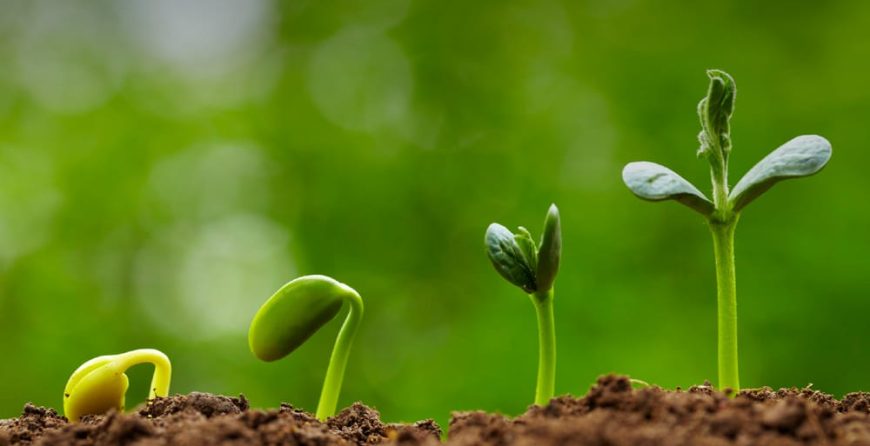 People seek to identify plats for different reasons. Some are doing it for scientific reasons, others out of curiosity and others because they want to know the different plant types that thrive in their regions and how to care for them. Despite the reason behind plant identification, there are numerous features you must consider. They include;
People seek to identify plats for different reasons. Some are doing it for scientific reasons, others out of curiosity and others because they want to know the different plant types that thrive in their regions and how to care for them. Despite the reason behind plant identification, there are numerous features you must consider. They include;
Plant type
Underplant type, you define whether a plant is a shrub, a vine, a tree, an annual or a perennial. How the plant behaves during fall. Do its leaves fall or does it die completely and sprout up in the same area or different garden location every year? Though this sounds bold, they are essential pointers that you determine a plant’s identity.
Location
Location defines the area where the plant grows year after year. Is it in your backyard or front yard? What part of the town? The areas climatic conditions, soil type and composition. Does it thrive under a shade or in full sun exposure? Does it prefer gravelly, sandy or wet locations and what type of plants grow around it?
Flowers
Does the plant flower before maturity? If so, are the flowers barely noticeable or showy? How are they shaped or structured and what is their color? When do they bloom and for how long? Where do the flowers appear on the plant? Different plants have different flower formations.
Stem or bark structure and texture
Bark examination is a plant identification method ideal for determining tree types. This is because most tree leaves have similar features. A good example would be maple tree leaves and London plane tree leaves that have similar features. However, London plane’s bark is smooth, creamy white to gray while maple’s bark is fissured and dark gray to brown. Also, some shrubs like burning bush and ninebark have unique barks. You have to consider stem texture and structure when identifying herbaceous plants. For example, square-shaped stems belong to the mint family.
Foliage type
Does it contain leaf blades like grass or needles? Is it smooth or fuzzy and does it feature common leaves? These are the main foliage type pointers.
Leaf attachment
What formation do the leaves take as they grow on the plant? Do they appear like a rosette of leaves at the plant’s base or do they grow alternately, whorled or opposite? Alternate leaves appear when a single leaf grows in an alternate pattern to the stem. Opposite leaves appear when a pair of leaves grows symmetrically out of the leaf node. Whorled leaves grow circularly around the stem and out of the leaf node.
Leaf veining, margins, and shape
Leaf veining, shape, and margins may seem complicated and hard to decipher for first-time gardeners or plant identification learners due to their classification and naming. Leaf shapes are classified as either obovate, lanceolate, cordage, elliptical or rein. There are three types of margins; undulate, lobate and stimulate while leaf veining includes; reticulate, longitudinal and palmate.
Sap
The sap is a thick fluid excreted when a plant’s branch, flower or leaf is cut. If a plant produces sap, you must consider its color, consistency, thickness, and stickiness. Its nature; whether it is milky or watery. Also, where the sap comes from on the plant can be essential for identifying the plant type.
Seed, fruit, and berries
The type of seeds, fruits, and berries a plant produces can be essential for determining the plant type. This is because different plants produce specific berries and seed types. So, you should note the color, texture and shape the berries or seeds produce. Numerous online resources would help you determine berry types and different seed structures.
Unique pointers
Does foliage have a unique fall color? Do specific animals, birds and insects frequent the plant? A good example would be milkweed and monarch caterpillars. Monarch caterpillars only eat milkweed so, they will only munch or frequent where there is milkweed. Unique pointers are the features that are unique to one plant.


